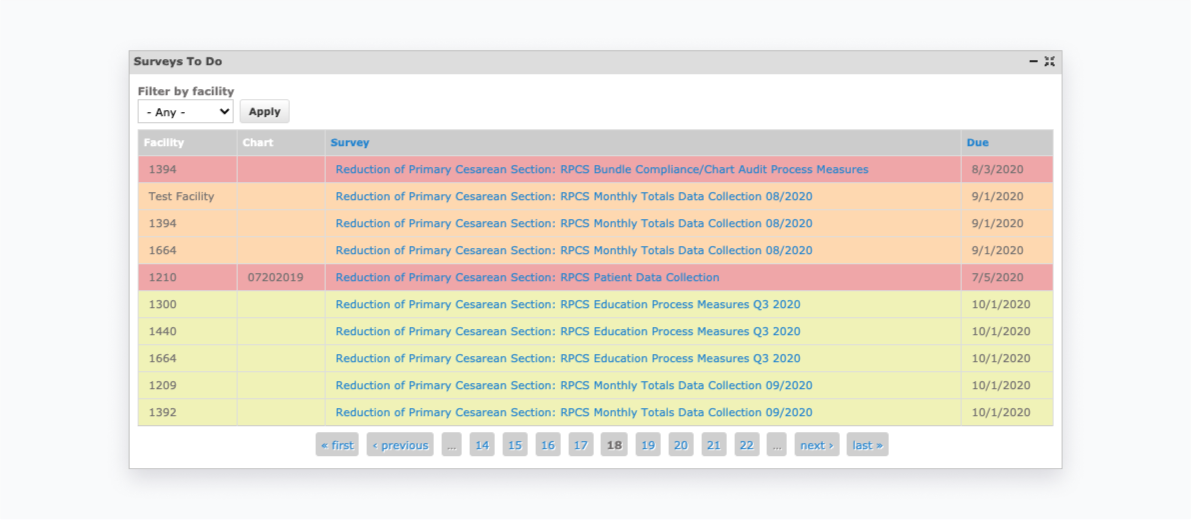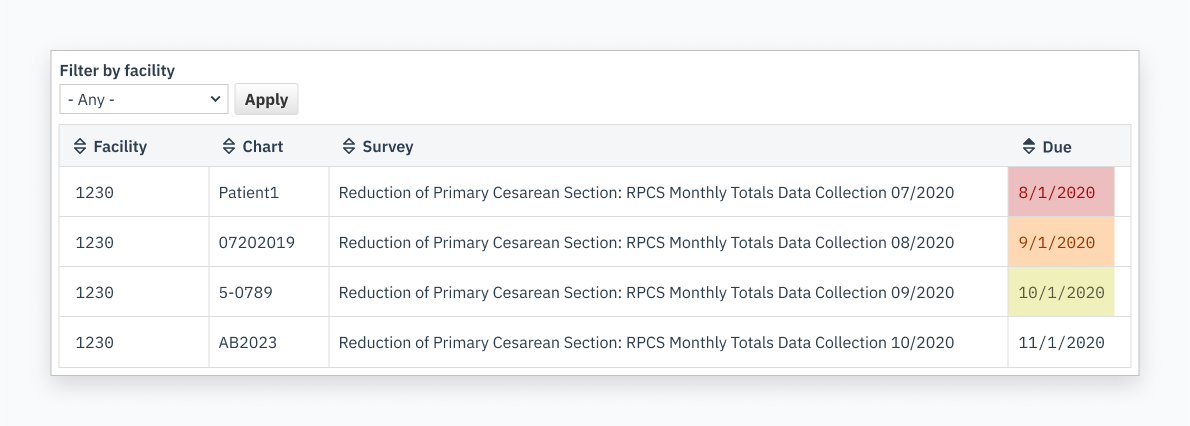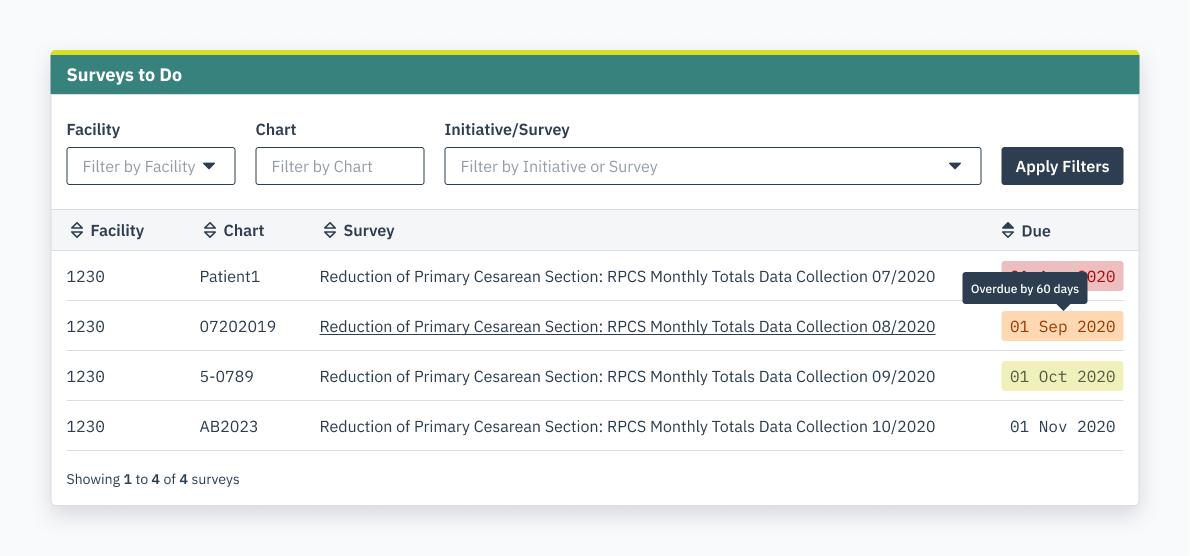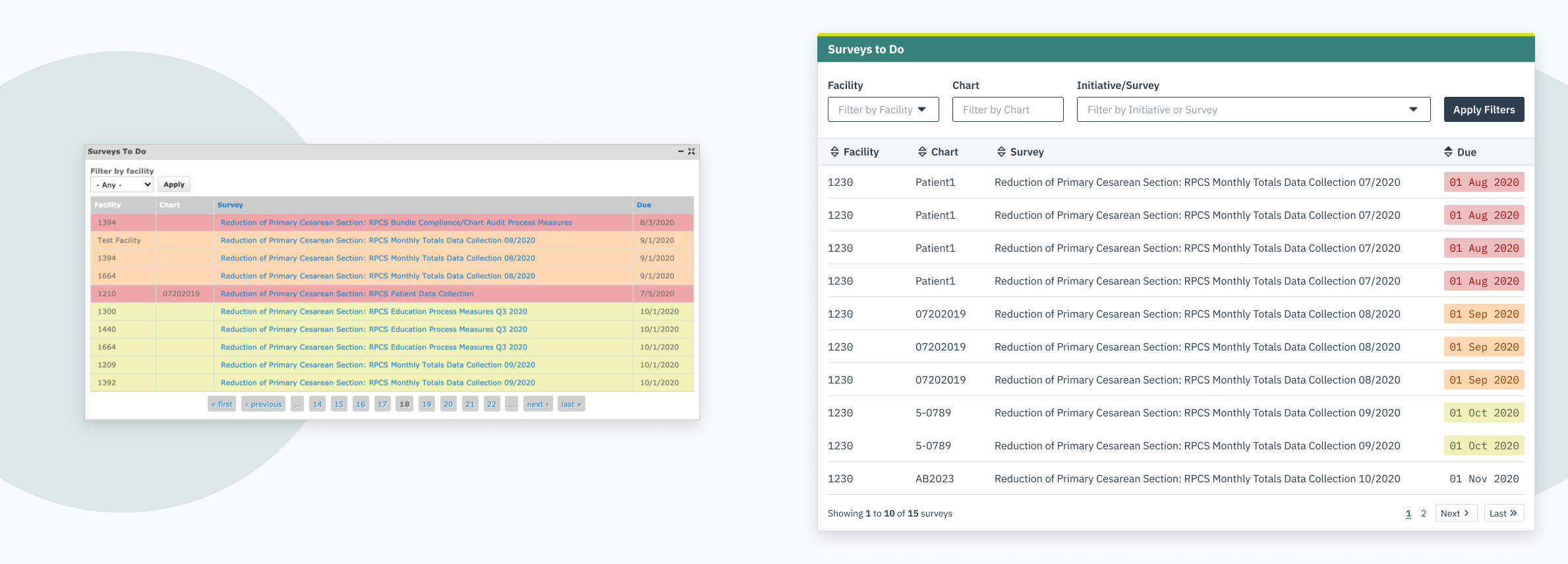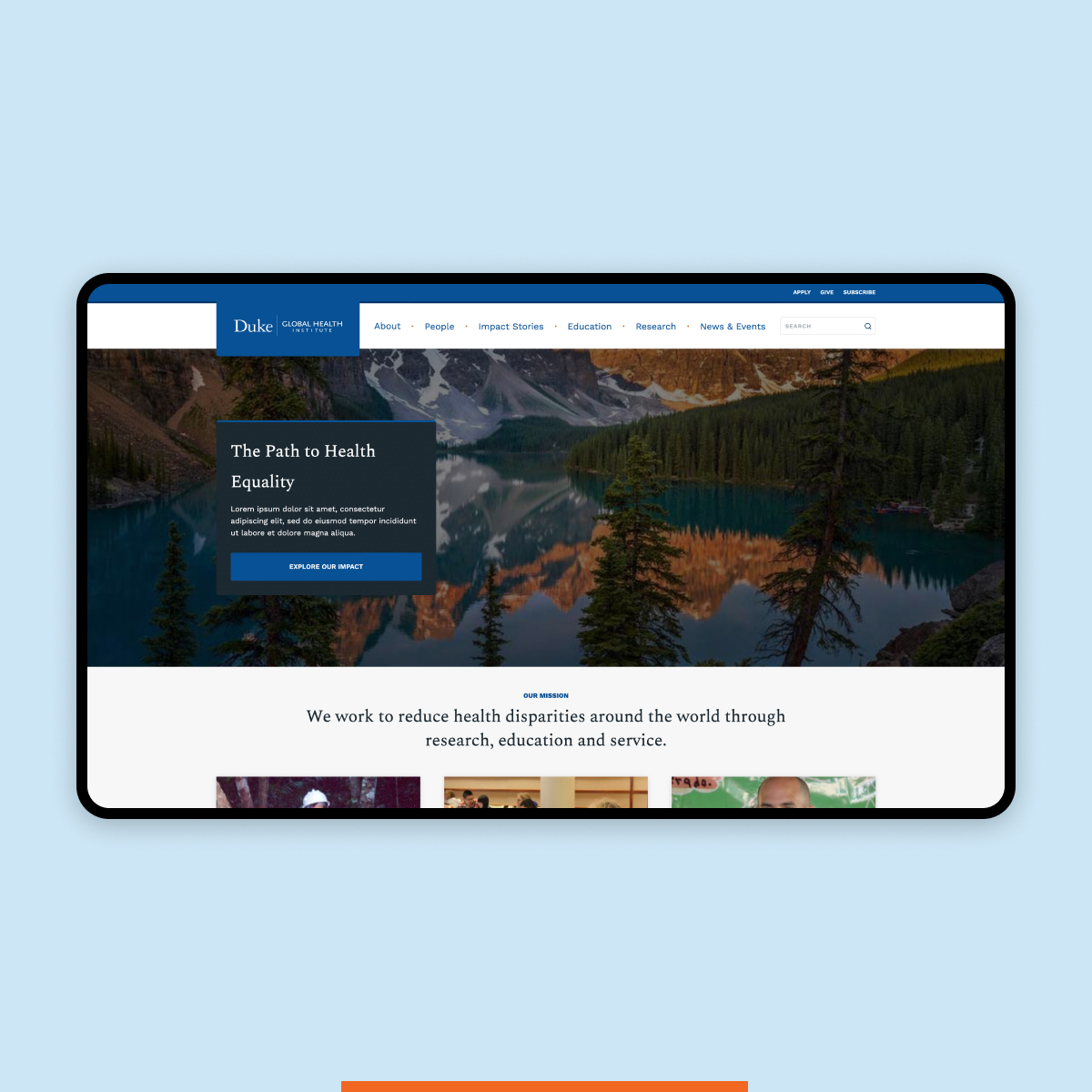We recently gave PQCNC's DELPHI reporting tool an overhaul. DELPHI handles a lot of data, and we were delighted to have the opportunity to make it more usable.
While the UX audit we conducted focused on interaction, it goes without saying (saying it anyway, though ?) that good accessibility results in an inherently good user experience. It's not a matter of designing or thinking in terms of one or the other. Additionally, it's a myth (a well-disproven one, at that) that good accessibility means compromising on visual design. On the contrary, our approach to visual and user experience design directly supports both accessibility and usability.


